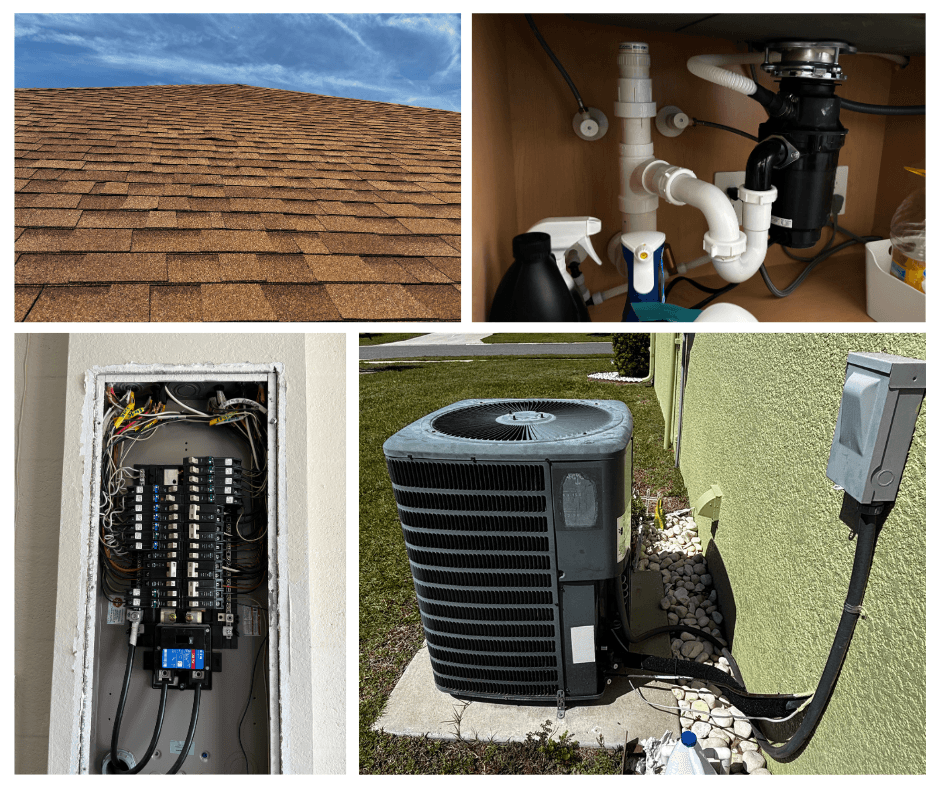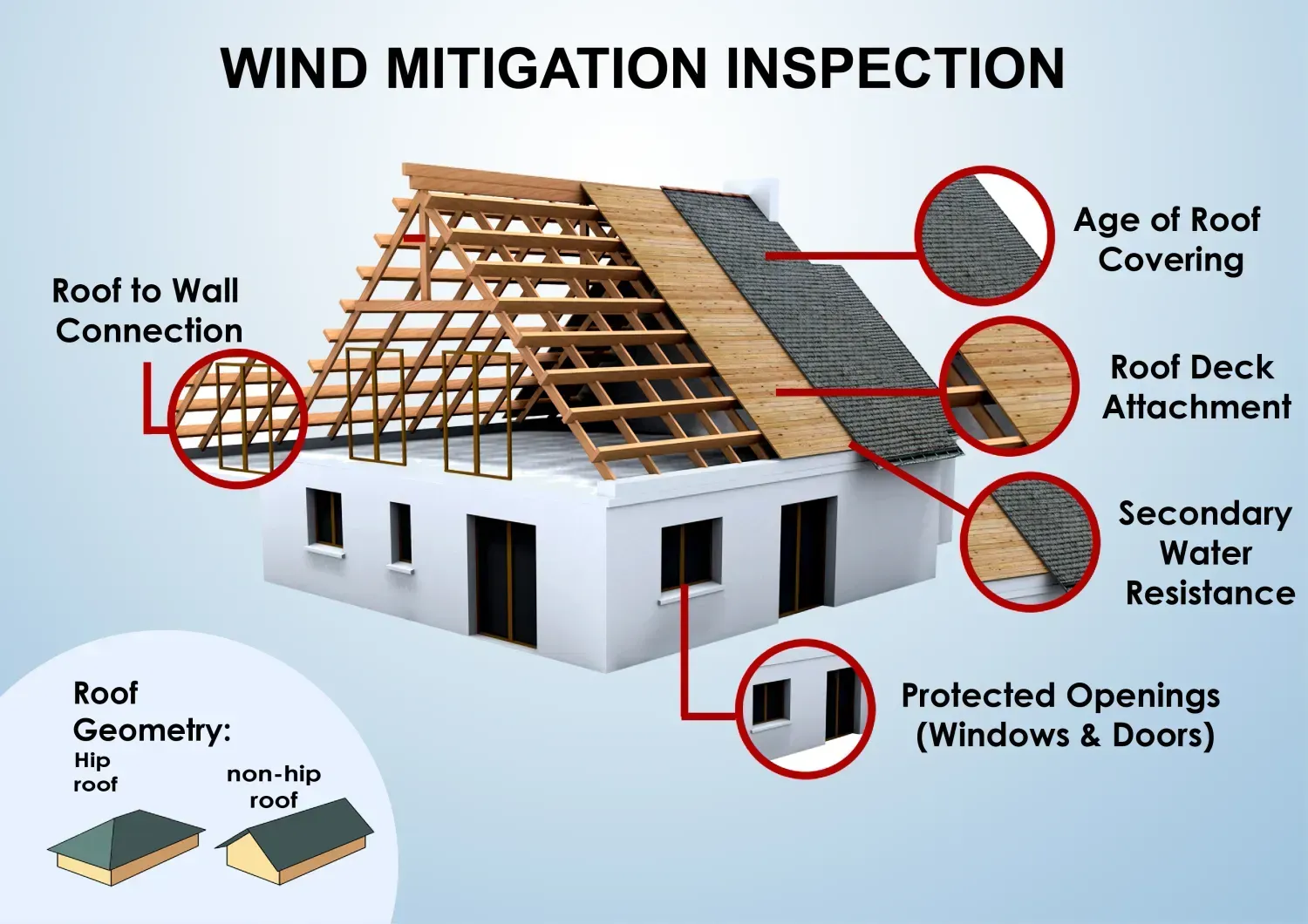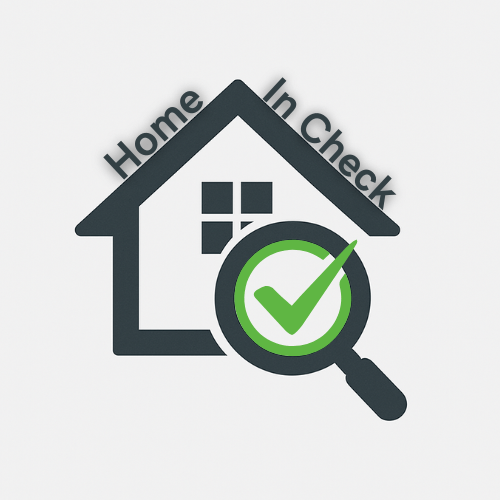
Our Services
Full Home Inspection
🏠 What is a Full Home Inspection?
A full home inspection is a thorough visual evaluation of the accessible areas of your property. Its goal is to identify major deficiencies, safety issues, or components nearing the end of their life so you can make confident decisions about your home.
During the inspection, I will check areas such as the roof, exterior, structure, foundation, electrical system, plumbing, HVAC, attic, insulation, and interior features. Within, you will receive a detailed written report outlining any significant findings, along with maintenance tips to help you take care of your home long-term.
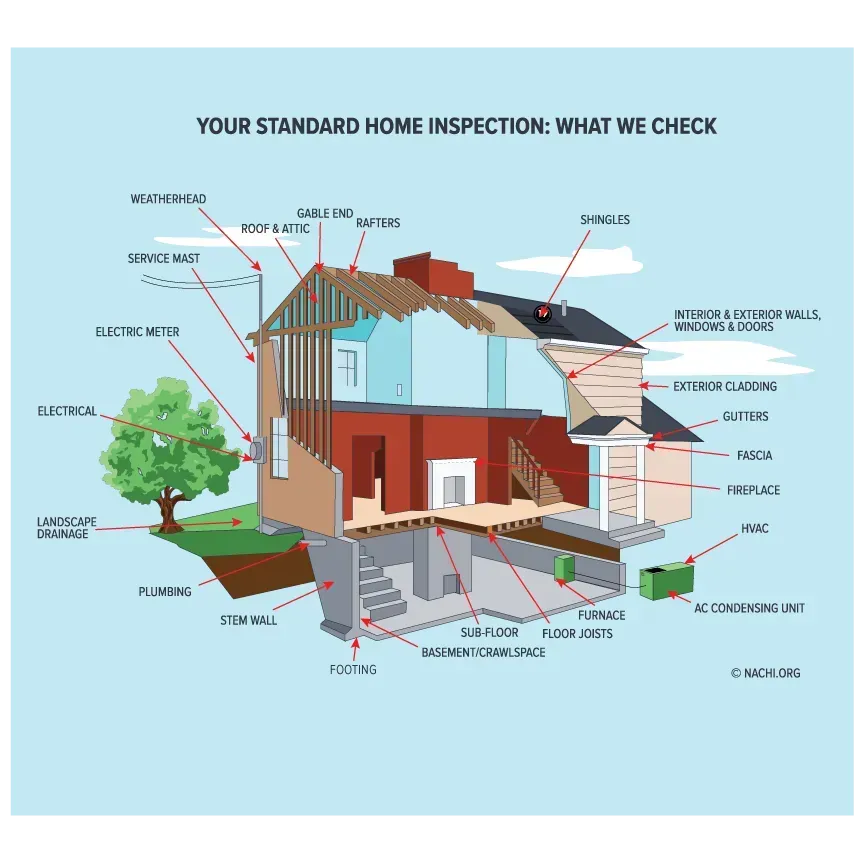
✅ What’s Included?
Your inspection includes visible and accessible evaluation of:
Roof and gutters
Driveways, sidewalks, and site drainage
Foundation and structural components
Attic, insulation, and ventilation
Electrical panel and visible wiring
Plumbing systems and venting
Heating and cooling systems (weather permitting)
Windows, doors, and interior
Built-in appliances (basic functionality check)
Exterior walls, decks, and patios
Fireplace(s) and chimney (visual inspection)
❌ What’s Not Included?
Home inspections do not include:
Underground utilities
Pools or spas
Septic systems or drain fields
Water wells or springs
Playground equipment or recreational features
Solar systems or generators
Security systems
Central vacuum or water softeners
Cosmetic defects or personal property evaluation
Accuracy testing of thermostats or timers
Air conditioner function when temperatures are below 65°F in the past 24 hours
4-Point Inspection
🏠 What is a 4-Point Inspection?
A 4-point inspection is a focused evaluation required by many insurance companies, especially for older homes, to determine the condition and remaining life of four key systems in a property. Unlike a full home inspection, which covers all areas of the home, a 4-point inspection is limited to these critical systems:
Roof – Type, age, condition, and any signs of leaks or damage
Electrical System – Panel type, wiring, breakers, and safety concerns
Plumbing System – Type of pipes, visible condition, and leaks
HVAC System – Heating and cooling system type, age, and functionality
🌪️ What is a Wind Mitigation Inspection?
A wind mitigation inspection, often called a “wind letter,” is an evaluation required by insurance companies in Florida to verify your home's hurricane-resistant features. The official document produced is called the Uniform Mitigation Verification Inspection Form, and it can help you qualify for insurance discounts on the windstorm portion of your policy.
✅ What’s Included?
During the inspection, a Florida-licensed home inspector, contractor, architect, or engineer will review and photograph key structural features, including:
Roof Covering – Type, age, and if it meets current Florida Building Code standards
Roof Deck Attachment – How the roof deck is secured to the trusses or rafters
Roof-to-Wall Attachment – Strength and type of connectors, clips, or straps holding the roof to the walls
Roof Geometry – Shape of the roof; hip roofs provide better wind resistance than gable roofs
Secondary Water Resistance – Additional waterproofing layers under the roof covering
Opening Protection – Hurricane shutters or impact-resistant windows and doors
11-Month Warranty Inspection
🌪️ What is a Wind Mitigation Inspection?
An 11-month warranty inspection, also called a builder’s warranty inspection, is a detailed evaluation performed near the end of the first year after your new home is built. Many builders provide a one-year warranty covering certain defects in materials or workmanship.
If your new home’s first year is coming up, don’t miss the chance to fix problems under warranty.
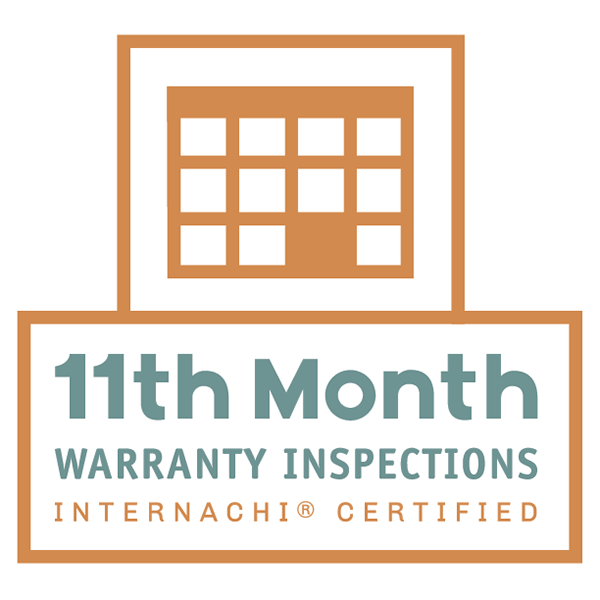
Built with systeme.io
Terms | Privacy
